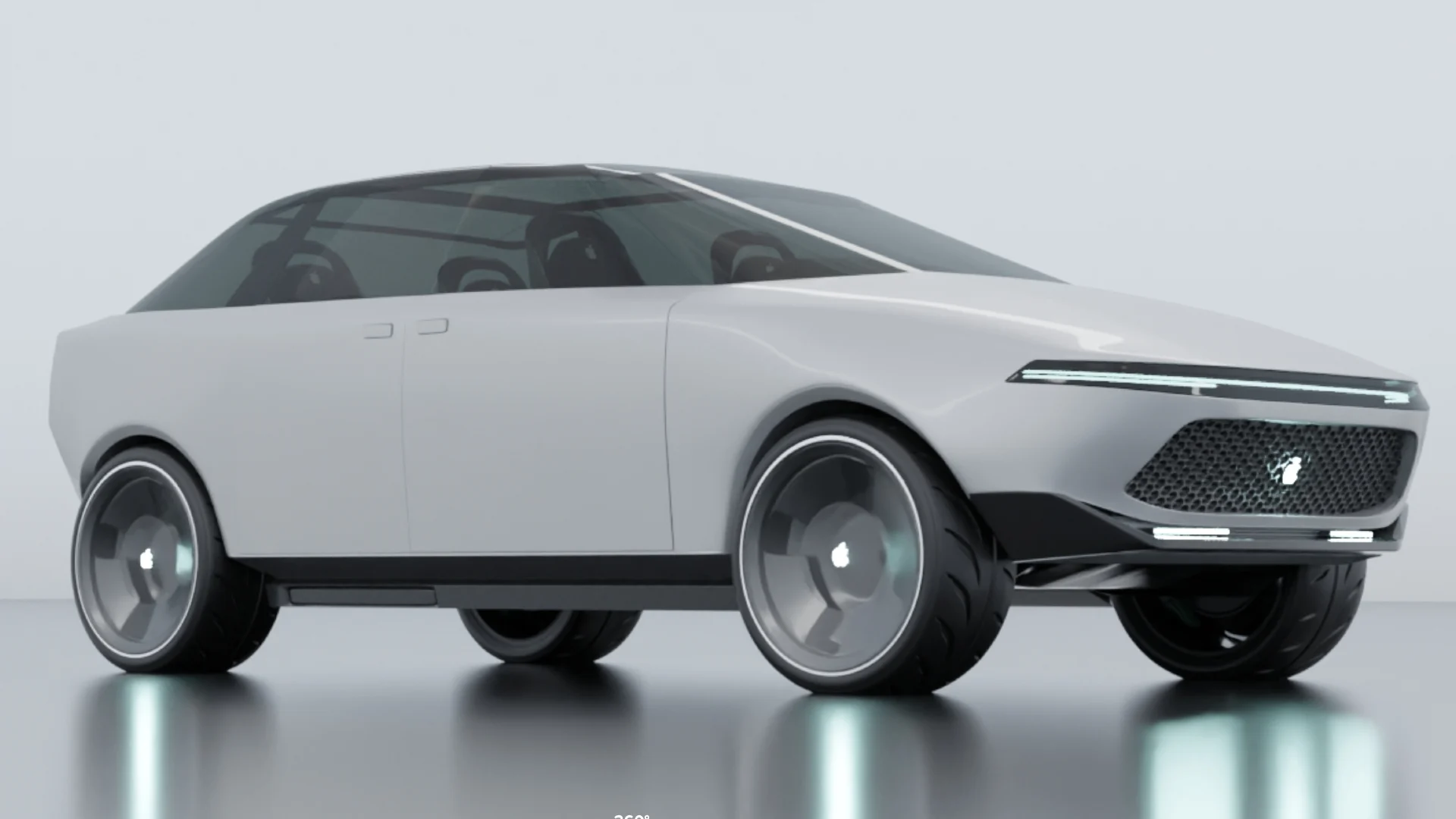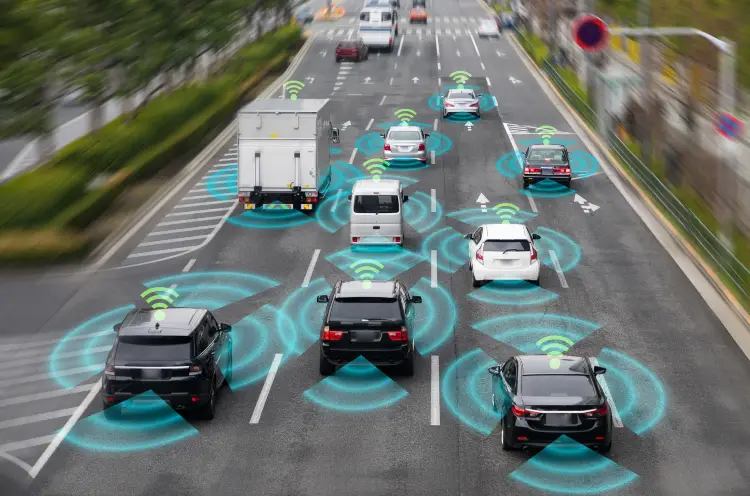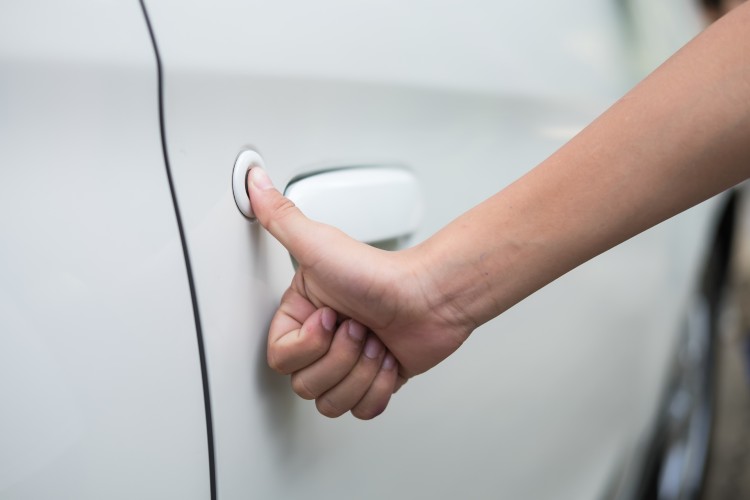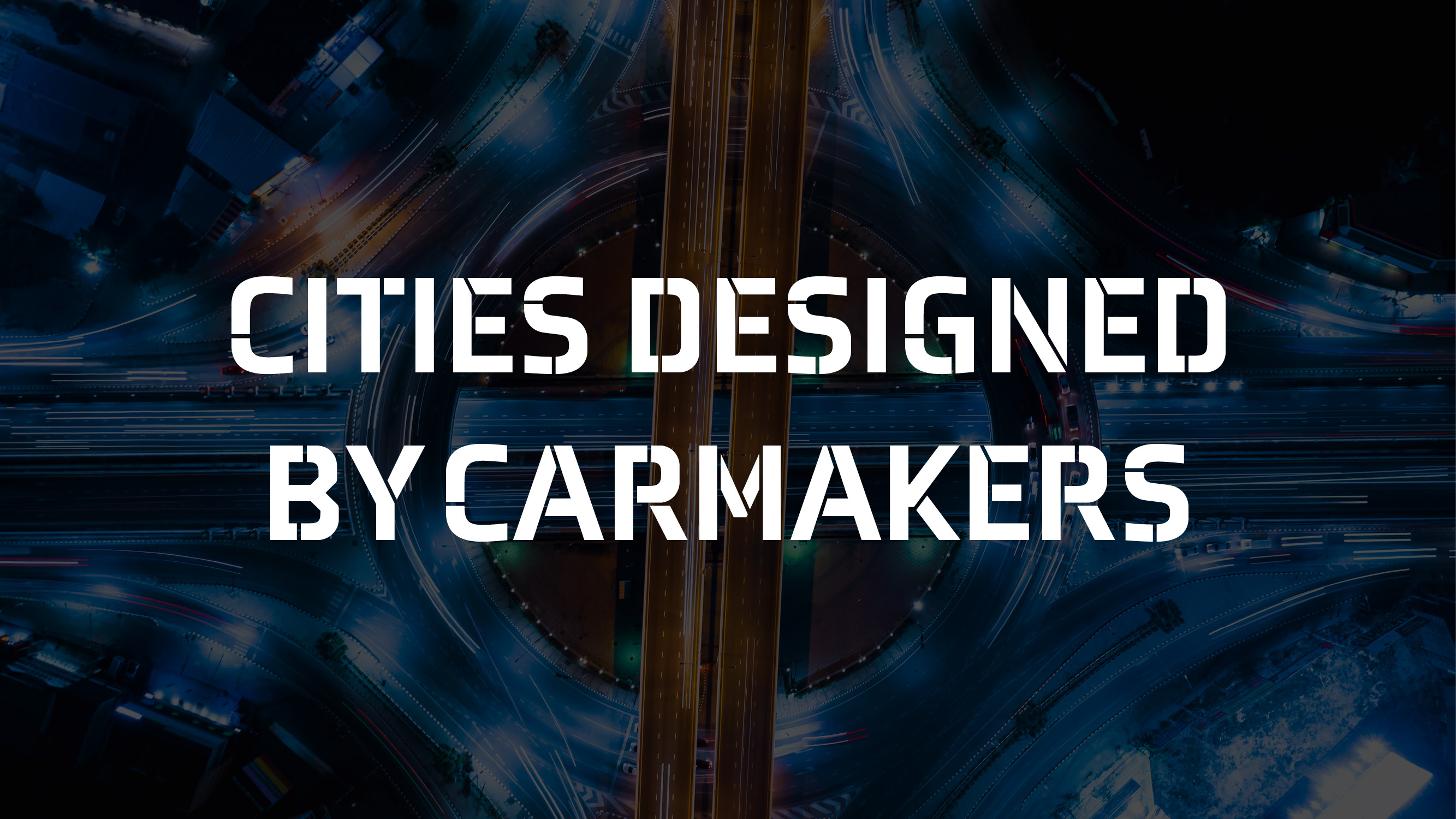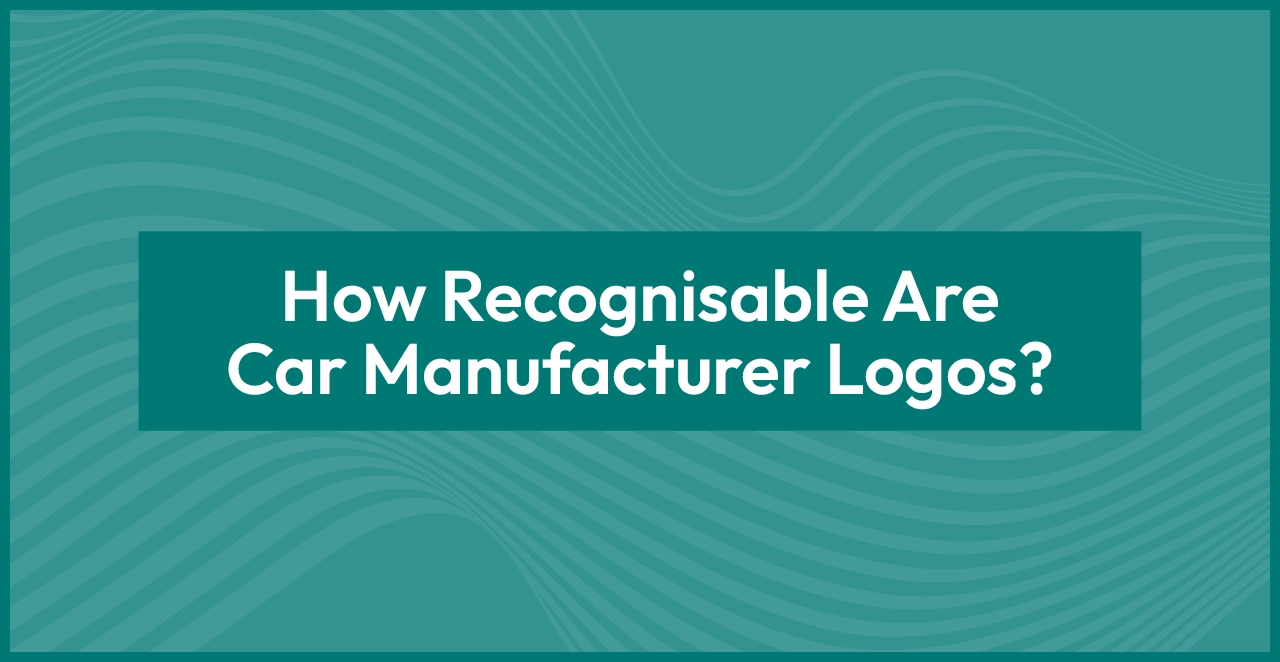Although we haven’t quite reached the science fiction predictions of flying cars and teleportation just yet, the way we drive is undergoing the most radical change we have seen since the invention of the motor vehicle. Change has been driven by necessity and inventors' flights of fantasy - which often work out better than expected and become a reality.
Of course, one of the major concerns in the automotive world is fuel sustainability. Fossil fuels are limited and can be damaging the planet in potentially catastrophic ways. So, that must be addressed, and we need to find cleaner, greener, and more renewable ways of getting about.
So just what do we expect in the next ten years?
1. Fuel Changes
The most apparent change will be in the fuels used to power vehicles. There has already been a significant uptake of all-electric cars and vans, which is set to increase. Although 2030 seems like a brief timeframe, the rollout, uptake, and subsequent technological progression of mobile phones makes a compelling road map that shows how fast global changes can happen.
At the moment, pressure is mounting to ditch diesel altogether, but petrol is no better for carbon emissions and neither holds a torch to all-electric methods. It is predicted that by 2030 all-electric vehicles will be considered the go-to for many leasers.
However, electric cars are not the only possibility for alternative fuel sources. Hydrogen and biogas are carbon-neutral, renewable energy sources and are already being used in heavy goods vehicles (and under investigation for rail travel), making them possible for domestic cars.
2. Autonomous Vehicles For Business
The self-driving car has been talked about for many years, and although most of us have yet to see this technology in action, it’s been making some considerable headway and is currently in the testing phase. There is little doubt that a computer is more reliable than a human; however, it only takes one miscalculation, and there could be severe consequences to safety.
However, experts argue that road accidents and death will become a thing of the past once perfected. It is unlikely that the average motorist will have a fully autonomous vehicle within the next ten years. But the reality for things like taxis and lift shares is already on the horizon.
There are currently three projects in the UK alone funded by the government’s Future Of Mobility fund. The primary research of these projects is taking place in London and Oxford and is based around taxi journeys and delivery vans. For the domestic car user, the cost of a fully autonomous vehicle will initially put the option out of budget. From a safety point of view, it is unlikely all concerns and the subsequent legal sign-offs will be obtained by 2030 for private individuals.
3. Autonomous Assist
While we may not have achieved a fully autonomous driving experience, some elements are already available to make a driver’s life easier. Emergency braking can sense when a collision is imminent, and if the driver does not hit the brakes, the car will take over. Connected vehicles, those that connect to IoT technology, already have autonomous parking. Rather than being about parking the car itself; we already have cameras and sensors to make tight spot parking more accessible, it can help locate a parking spot in a busy area. Although this is a high-end luxury addition at present, it won’t be long before it appears as standard in most vehicles.
There are already 6500 garages connected to IoT in 300 cities that allow you to use this feature. In the future, and estimates put this within the 2030 window, your car being able to park itself and deciding in advance whether it can fit will mean struggling for 10 minutes to parallel park becomes a thing of the past.
4. Voice Assistance
Devices like Alexa and Siri have been making our lives easier in and around the home for many years now. Although prone to moments of frustration when the robot doesn’t listen, causing the user to let out a string of expletives, they have generally provided many valuable additions to our daily life. So, it seems natural that we would harness this technology in our transportation system.
Branded the ‘copilot’, Amazon is already working with BMW to bring functionality to the car. It is thought to assist with sending text messages (it is already illegal to pick up your phone while driving), searching maps, and playing music.
All items are designed to prevent drivers from getting distracted or taking their hands off the wheel. Similar systems are being added to Honda, Renault, Audi, and VW using Tmall Genie Auto voice assistant by Alibaba. It is thought that some vehicle manufacturers will be opting for native systems, and let’s not forget Apple and Google, who will undoubtedly want to get their technology in on the act.
Such requests as ‘Alexa, find me the nearest charging point’ (or coffee shop, toilet, supermarket, and more) will be commonplace.
5. Biometrics
Another futuristic technology set to become standard in cars within the next ten years is biometrics. We have all become accustomed to using our faces to unlock our phones or authorise a card payment, and many people harness biometrics in their fitness trackers, so progression suggests our cars will soon be using them.
Car keys are seen as one of the most significant security vulnerabilities, and making sure we don’t lose them is also an issue. Before biometrics became commonplace, features like keyless ignition, which seemed to solve one issue, created a whole new problem when hackers, who always seem to be on the ball, worked out to replicate the signal sent to start the car.
In the US, half of all cars sold feature keyless ignition, and this has up to now seen a driver using a fob or card, hence the vulnerability. Adding a layer of biometrics is one viable way to boost security. The requirement of a fingerprint, eye scan, or facial recognition is the next step for car manufacturers.
Apple is working with an as-yet-unnamed manufacturer to add FaceID to vehicles. Of course, these are not infallible systems but are much more secure, making them harder to hack. It is thought that biometrics will not only be used for security but could also be used to monitor health.
Heart monitoring is another widely available part of wearable tech, so adding it to the car could alert drivers to potential health issues allowing them to get to safety before an accident occurs.
6. Subscription Services
Another recent feature of modern living is also set to enter the car world. Subscription-based services have surged in popularity in many sectors, from magazines to coffee, printer ink to television. People love the ability to sign up when they want to access services and goods. How will this work in the car world?
Well, it’s thought that shorter-term ‘subscription-style’ car leasing will allow more people to access the features of modern vehicles and, at the same time, leave them free of the pitfalls of full ownership.
If you’re looking to lease the car of the future today, why not consider a Tesla? If Tesla’s not your style, there are plenty of other electric vehicles that benefit from the latest technological advancements. Want even more choice? You can find the entire range of cars Vanarama has to offer on our car leasing page.

